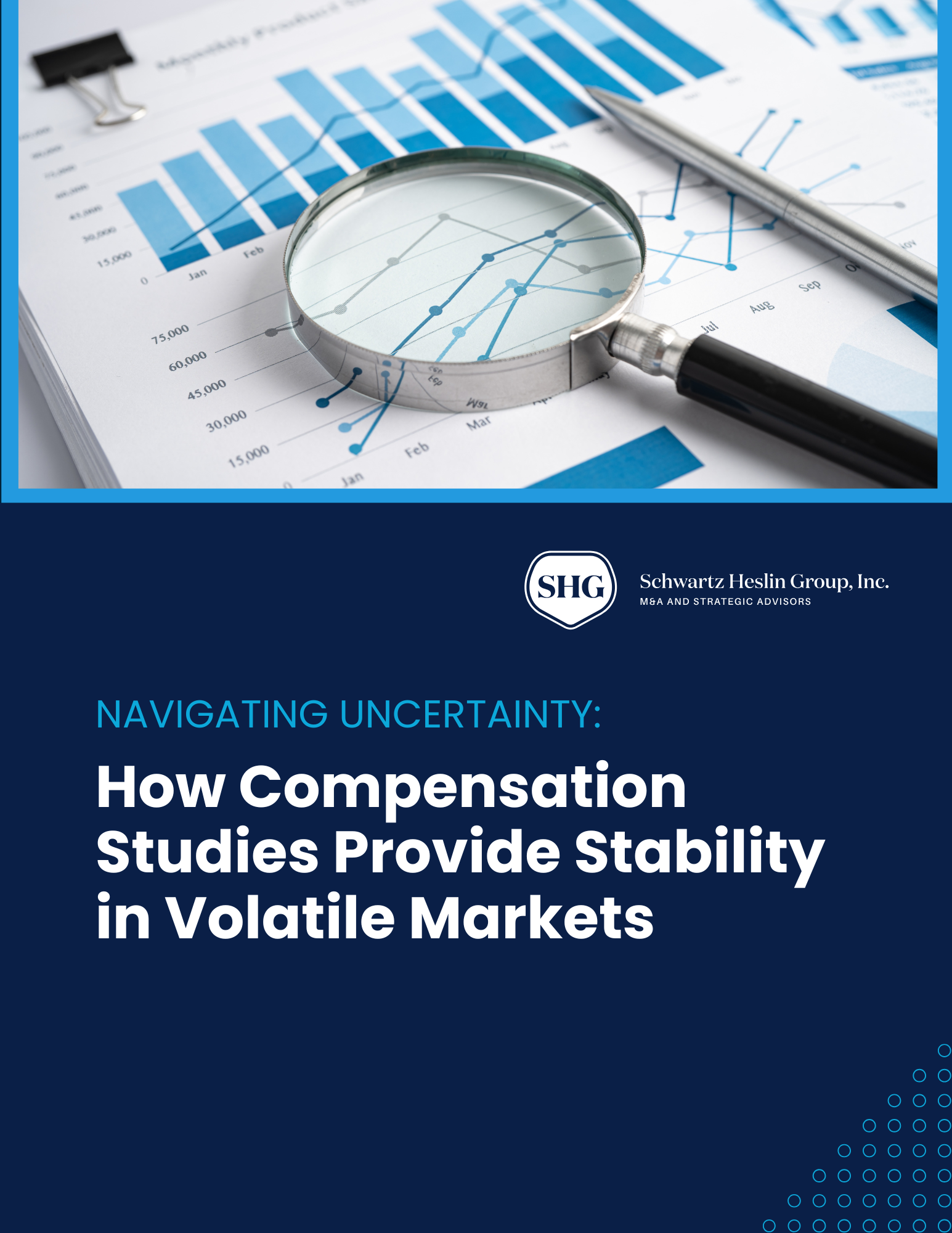The debate around executive pay transparency has gained traction in recent years. This is due largely to growing income inequality and increased public scrutiny over the disparity between executive and employee compensation. The gap between executive compensation and average employee wages has significantly widened over the years. In fact, CEOs were paid 399 times as much as a typical worker in 2021. This is a staggering increase of 1,460% since 1978. As income inequality becomes more pronounced, there’s an increasing demand for greater transparency in executive pay.
Companies with greater pay transparency tend to have smaller pay gaps and
higher employee satisfaction. Transparency can even serve as a deterrent against excessive pay packages that are not aligned with the company’s performance. This leads to a more balanced compensation approach. As more stakeholders call for more openness, you may need to rethink your compensation practices. Compensation studies are critical to ensure that executive pay is transparent and equitable.
Pay Transparency: Claims vs. Reality
While many companies claim pay transparency, highlighting their adherence to disclosure regulations and corporate governance standards, this is frequently not the case. Companies may provide some information about executive pay but they often obscure entire compensation packages with complex and opaque practices. Things like stock options, bonuses, and perks can inflate the total value of an executive’s compensation and make it difficult to fully evaluate executive compensations. This lack of transparency has several negative impacts.
For example, when employees perceive that executives are receiving outsized compensation not aligned to company performance, it can lead to dissatisfaction and disengagement. It can also impact investor relations. When companies fail to fully disclose executive compensation, investors may be misled about the true costs and risks associated with these packages. This can result in misallocated capital and undermine shareholder value.
Meritocracy: Fact vs. Fiction
The idea of meritocracy has long been used to justify the high salaries and bonuses given to executives. However, this narrative is often overstated and the link between executive compensation and actual company performance is tenuous at best. In reality, many external factors contribute to a company’s performance. The metrics used to determine executive compensation are also subject to manipulations. For example, stock buyback can artificially inflate earnings per share, leading to higher executive bonuses even when long-term value is not being created.
Regulatory Efforts to Control Executive Pay
The issue of executive compensation has been a focal point of regulatory scrutiny for decades. Various legislative and regulatory efforts have been introduced to curb excessive executive pay with varying degrees of success. These regulations have made strides in promoting transparency and giving shareholders a voice in executive pay decisions, but their overall effectiveness in curbing excessive compensation and promoting equity has been mixed. Loopholes, corporate resistance, and complex executive compensation have all presented challenges in fully realizing the goals of these regulations.
The Case for Genuine Pay Equity
The discussion about executive compensation has evolved beyond transparency into a broader discussion about genuine pay equity. As income inequality grows, the ethical and business imperatives for reducing the pay gap have become increasingly clear. Achieving genuine pay equity is not only a matter of fairness but also a strategic decision that can lead to tangible benefits.
At its core, pay equity is about fairness and justice. The disparity between executive pay and employee wages often reflects and perpetuates broader social inequalities. From a business perspective, equitable pay structures can enhance organizational performance in several ways. For instance, employees who perceive their compensation as fair are
more likely to be satisfied with their jobs and less likely to leave, reducing turnover costs and maintaining organization stability. Companies with equitable pay practices are also often viewed more favorably by the public. This can enhance brand reputation and customer loyalty.
How Compensations Studies Help
A compensation study can be a powerful tool for ensuring equitable pay. It helps you identify pay discrepancies between employees performing similar roles. Compensation studies can also benchmark against industry standards and competitors. This makes sure your company’s pay rates are competitive, helping to attract and retain top talent. Data collected during a compensation study can also be used to develop or refine transparent pay structures. By establishing clear criteria for pay grades and salary ranges, organizations can ensure that all employees are compensated fairly for their work.
Need help with a compensation study? SHG provides our clients with expert compensation studies based on extensive industry knowledge and experience. Our financial and operational experts have built strong relationships with our clients, empowering their success. Our team represents a balance of seasoned business operators and astute financial experts. With SHG, your goals and priorities always come first.
Your business is your most valuable asset. SHG helps you determine and maximize that value. Our innovative methodology has driven successful outcomes for over 40 years. Contact us today to grow your business's value.




